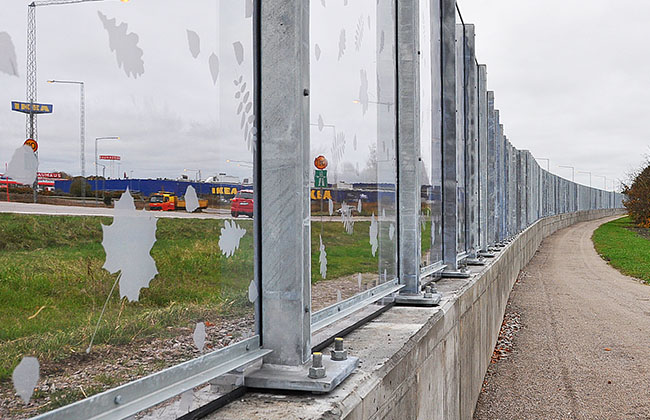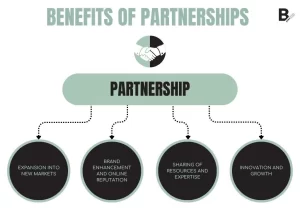Who is Responsible for the Implementation and Maintenance of Noise Barrier Solutions?

Noise pollution is a growing concern in urban areas, with bustling cities often grappling with the challenge of maintaining a peaceful environment amid constant construction, traffic, and industrial activities. Noise barriers, also known as sound walls or noise walls, are structures designed to reduce noise pollution by blocking or redirecting sound waves.
These barriers are essential for enhancing the quality of life in urban settings, as they help mitigate the negative impacts of noise on human health and the environment.
Who Takes the Lead in Planning and Implementing Noise Barrier Solutions – Insights for Urban Planners
Urban planners play a critical role in the initial stages of noise barrier projects. Their primary responsibility is to integrate noise mitigation strategies into the broader urban development plans. Here’s how urban planners contribute to the success of noise barrier solutions:
a. Identifying Noise Pollution Sources
Urban planners conduct thorough assessments to identify major sources of noise pollution within a given area. This involves analysing traffic patterns, industrial activities, and construction projects to determine where noise barriers are most needed.
b. Engaging Stakeholders
Effective noise mitigation requires the involvement of various stakeholders, including government authorities, community members, and businesses. Urban planners facilitate discussions and consultations to gather input and ensure that noise barrier solutions address the concerns of all parties involved.
c. Securing Funding and Approvals
Urban planners are responsible for securing the necessary funding and approvals for noise barrier projects. This involves preparing detailed project proposals, applying for grants, and navigating the regulatory landscape to obtain the required permits.
d. Coordinating with Environmental Engineers
Once the planning phase is complete, urban planners work closely with environmental engineers to ensure the successful implementation of noise barrier solutions. This collaboration is crucial for aligning technical specifications with broader urban development goals.
The Role of Environmental Engineers in Designing, Assessing, and Maintaining Noise Barriers
Environmental engineers bring their technical expertise to the table, focusing on the design, assessment, and maintenance of noise barriers. Here’s a closer look at their responsibilities:
a. Designing Effective Noise Barriers
Environmental engineers are tasked with designing noise barriers that effectively reduce noise levels while blending harmoniously with the urban landscape. This involves selecting appropriate materials, determining the optimal height and length of the barriers, and ensuring structural integrity.
b. Conducting Noise Impact Assessments
Before implementing noise barrier solutions, environmental engineers perform noise impact assessments to evaluate the potential effectiveness of the barriers. This involves using advanced modelling techniques and acoustic measurements to predict how the barriers will influence noise levels in the surrounding areas.
c. Overseeing Construction
During the construction phase, environmental engineers play a supervisory role, ensuring that the noise barriers are built according to the approved designs and specifications. They work closely with contractors and construction teams to address any technical challenges that may arise.
d. Monitoring and Maintenance
Noise barriers require regular monitoring and maintenance to ensure their continued effectiveness. Environmental engineers are responsible for conducting routine inspections, identifying any signs of wear or damage, and coordinating repair or replacement efforts as needed.
Future Trends in Noise Barrier Technology and the Evolving Responsibilities of Professionals
a. Incorporation of Green Technologies
The future of noise barrier singapore technology lies in the integration of green and sustainable solutions. Innovations such as green walls, which combine vegetation with traditional noise barriers, not only reduce noise but also improve air quality and aesthetics. Both urban planners and environmental engineers will need to stay abreast of these advancements to implement eco-friendly noise mitigation strategies.
b. Use of Smart Materials
Advancements in material science are giving rise to noise barriers made from smart materials that adapt to changing environmental conditions. These materials can enhance the efficiency and longevity of noise barriers, reducing maintenance requirements. Environmental engineers will play a key role in researching and implementing these cutting-edge solutions.
c. Enhanced Collaboration Tools
As technology continues to evolve, enhanced collaboration tools such as Building Information Modelling (BIM) and Geographic Information Systems (GIS) will facilitate more effective communication between urban planners and environmental engineers. These tools will enable better planning, design, and implementation of noise barrier projects, ensuring optimal outcomes.
Conclusion
Urban planners and environmental engineers must collaborate to implement and maintain noise barrier solutions. By doing so, they can effectively reduce noise pollution, enhance urban livability, and create sustainable and harmonious environments. As technology continues to advance, both professions will need to adapt and leverage new tools and materials to meet the evolving demands of noise mitigation in urban settings.






